Description
The Cobia fish looks like a small shark, has white flesh, elastic texture and a mild flavor that tastes delicious. Cobia is a highly valued seafood but not considered an endangered species, since only a small amount is caught at particular season between July and December months in Brazil.
The big pectoral fins are carried in most cases horizontally, perhaps helping the fish look like a shark. The first dorsal fin has from six to nine spines. The family name Rachycentridae derives from the Greek words rhachis (“spine”) and kentron (“sting”).
Attaining a maximum length of 78 inches and maximum weight of 172 lb, the cobia has an elongated, fusiform (spindle-shaped) body and a broad, flattened head. The eyes are small and the lower jaw projects slightly past the upper. Fibrous villiform teeth line the jaws, the tongue, and the roof of the mouth. The body of the fish is smooth with small scales. It is dark brown in color, grading to white on the belly with two darker brown horizontal bands on the flanks. The stripes are more prominent during spawning, when they darken and the background color flashes.
Cobia, also known as Bijupira in Brazil, is a swift-moving, slim marine game fish, the only member of the family Rachycentridae (order Perciformes). The cobia is found in most warm oceans. A voracious, predatory fish, it may be 1.8 m (6 feet) long and weigh 70 kg (150 pounds) or more. It has a jutting lower jaw, a rather flat head, and light-brown sides, each with two lengthwise, brown stripes. The dorsal fin, a distinctive feature, consists of a row of short spines followed by a long, soft-rayed fin.
Cobia fish is also known in Brazil as Bijupira
Biology and distribution
The cobia is normally solitary except for annual spawning aggregations, and it sometimes congregates at reefs, wrecks, harbours, buoys, and other structural oases. It is pelagic, but it may enter estuaries and mangroves in search of prey.
It is found in warm-temperate to tropical waters of the West and East Atlantic Ocean, throughout the Caribbean, and in the Indian Ocean off the coast of India, Australia, and off the Pacific coast of Japan.[3]The juvenile cobia is patterned with conspicuous bands of black and white and has a rounded tail. The largest cobia taken on rod and reel came from Shark Bay, Australia, and weighed 60 kg (135 lb).
A mature cobia has a forked, slightly lunated tail, which is usually dark brown. The fish lacks a swim bladder. Cobias were first discovered in the Mediterranean Sea in 1978 but was found also as far as Libya in 2019, it is considered to have reached the Mediterranean as a Lessepsian migrant through the Suez Canal from the Red Sea. It is eurythermal, tolerating a wide range of temperatures, from 1.6 to 32.2°C. It is also euryhaline, living at salinities of 5.0 to 44.5 ppt.
They have a big, flat head and are dark brown or grey with a white stomach.
Health benefits:
Cobia is a great source of Omega 3 and provides the recommended dietary allowance and saturated fat. It contains low fat Protein source (about 19 grams per serving) with high riboflavin and Vitamin B6 nutrients with Low cholesterol content.
Your body cannot produce Omega-3 so you must get it from your diet. Eating fish is a great way to get your recommended weekly Omega-3 naturally. Omega-3 fatty acids (specifically EPA & DHA) can help reduce the risks of heart disease and lead to improved brain and eye development. According to the World Health Organization (WHO) regular fish consumption (1-2 servings per week) is protective against coronary heart disease and is recommended.
As a guide the World Health Organization recommends a daily intake of 200-500 mg of EPA & DHA Omega-3. One 4 oz portion of Cobia provides 1850 mg of EPA & DHA Omega-3 – more than Salmon provides.
The American Heart Association recommends that healthy adults eat fish at least twice a week. Not only is seafood low in carbohydrates in general, fish is especially rich in potassium, selenium and B vitamins. In fact, frequent consumption of fish has been linked to disease reduction and improved mental health.
Cobia are a pure and safe source of protein. Quite simply, it’s your healthiest choice.
Culinary profile:
Cobia are a tasty saltwater fish that are often overlooked, though they are a fun gamefish that can be cooked in a wide variety of ways.
In short, cobia tastes mild and has a firm, broad-flaked flesh that’s white when cooked up and pinkish when raw. The mild flavor is also described as fresh, clean, and buttery. It adapts well to a variety of meal choices, including being grilled or enjoyed raw.
The raw form of cobia fish is used for the flavouring of sushi, and it can be cooked by any method, including grilling on skewers.The flesh is humid with a flavour that’s mild-medium and interesting. The dark region along the centerline has a slightly darker flavour and the surface is detectably gelatinous.
Whether grilled, steamed, roasted, or pan-fried, cooked cobia provides a mild taste that is often described as buttery. This mild fish doesn’t taste fishy and it pairs well with most great fish recipes. Tomatoes and onions can be particularly great with cobia.
It’s notable that cobia’s texture is firmer than that of mahi-mahi or grouper (check out our culinary guide to grouper too). It’s a broad-flaked fish. Unlike other fish where the fat may cook off or break apart the meat, the fat in cobia stays in the meat providing more flavor and a better moisture content.
The cobia is sold at a relatively high price and usually commercialized while fresh. It is typically served in the form of grilled or poached fillets. Chefs like Jamie Oliver and Mario Batali each cooked several dishes made with cobia in the “Battle Cobia” episode of the Food Network program Iron Chef America, which first aired in January, 2008. Thomas Keller’s restaurant, The French Laundry, has offered cobia on its tasting menu.
Cooking guide:
Before you start cleaning the cobia, make sure your knife is as sharp as possible. This is a large fish. That means it also has big bones. The flesh will be a pinkish-tan color and fairly thick and firm, which will help you cut steaks. It does mean the knife you use on smaller fish won’t cut it here. Use a large and very sharp knife to do this fish justice. If your catch is particularly large, you may want to keep a honing steel nearby so you can touch up the knife as you go.
When you’re ready, cut up the belly of the cobia. Start at the base and work your way up to the fish’s collar. Once it’s open, you will need to remove the guts. This may require the use of your knife or some kitchen shears to get the innards loose enough for removal.
Once removed, you’ll want to clean up your work area.
Now you can remove the head. Do this by cutting through the collar of the fish and then cutting it off.
With the body of the fish clean and ready, you can cut cobia fillets.
At the top of the backbone, begin a long cut to the tail. You may want to sharpen your knife again before you start this step. You’ll be cutting through some bones as you travel down along the spine. Cut the fillet away. You may need to use your knife or some clean pliers to neatly remove the rib bones from the fillet.
During this process, if you wish to skin the fillets, you’ll want to do so one at a time. Skim the fish about an eighth of an inch from the edge. Some people prefer to leave the skin on, particularly if they’ll be grilling the fish, since the scales can crisp up nicely.
Cobia is low in fat but is hard in texture. Few people are more likely to eat fresh sashimi or deep-fried cobia sticks. However, it tastes great when eaten in variations.
Cooking Methods:
The flesh of cooked Cobia is still hard which is used for the soups of fish and stews.
This fish can also be enjoyed steamed or roasted.
The belly flesh of larger fish is a bit fatty, so desirable for grilling and similar applications.
When enjoyed raw, cobia has a fresh and clean taste that works well for sashimi.
For a crisp outer edge, leave the skin on when you grill it.
You can make excellent deep fried fish sticks with this firm white fish.
Cobia videos
Cobia articles
Cobia nutrition facts
- Serving size: 3 ounces
- Calories: 87 kcal
- Protein: 19 grams
- Fat calories: 6 kcal
- Total fat: 0.64 grams
- Saturated fatty acids: 0.12 grams
- Cholesterol: 135 mg
- Sodium: 40 mg
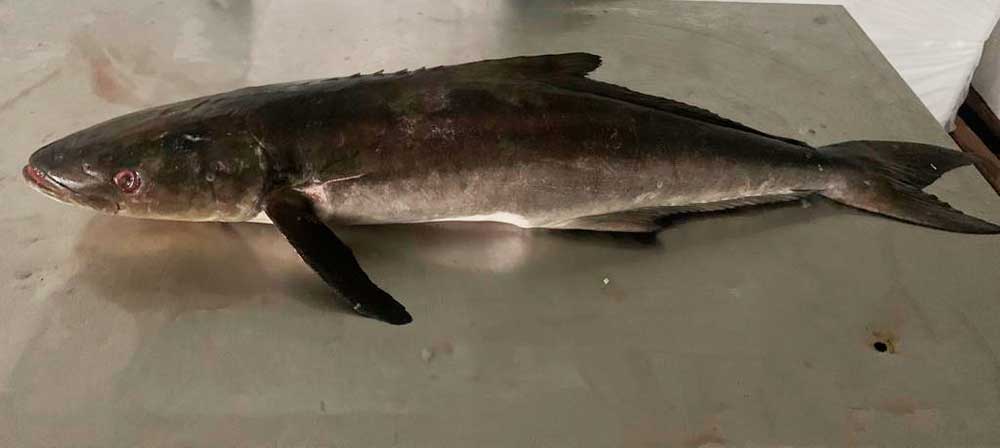
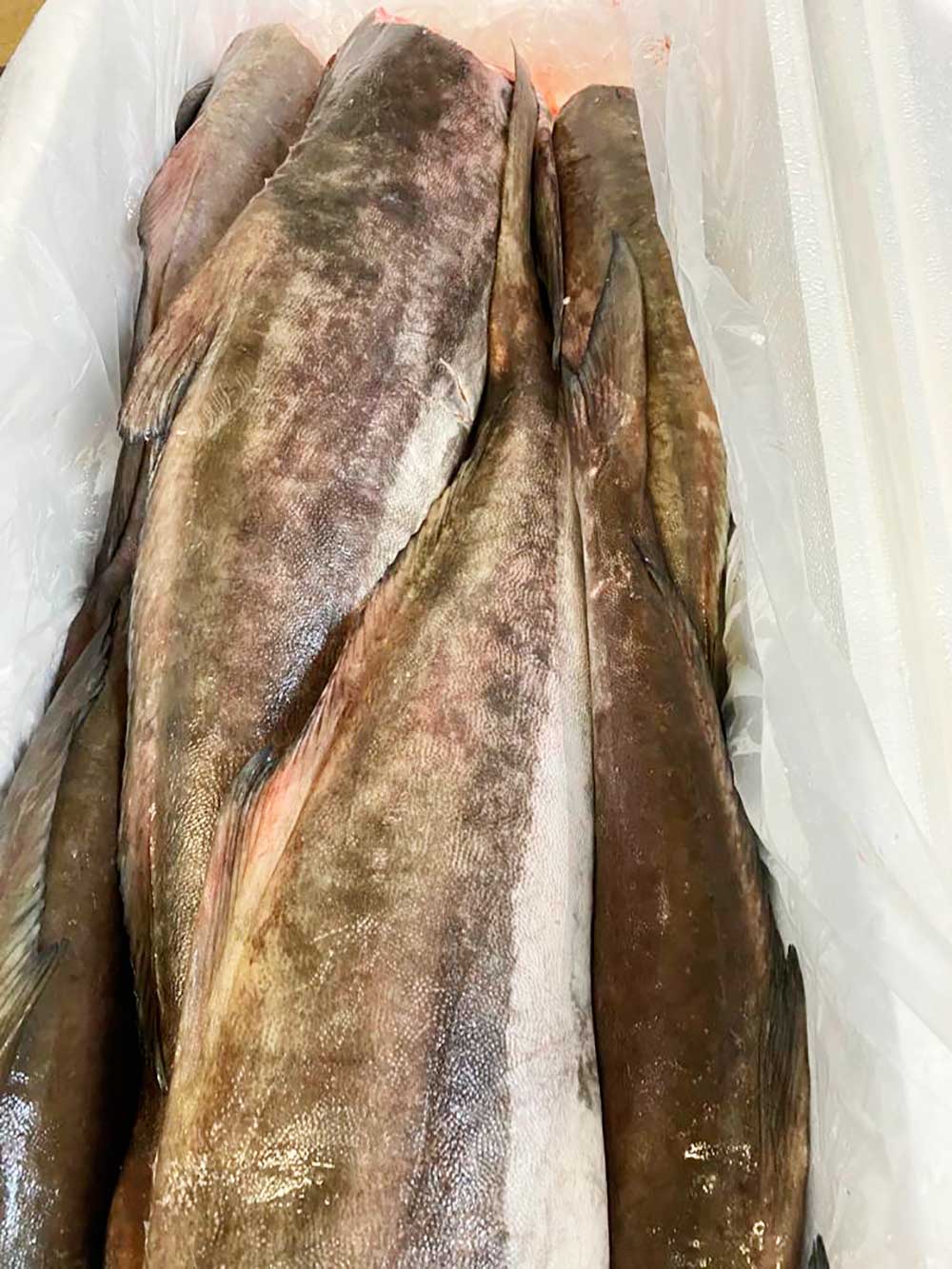

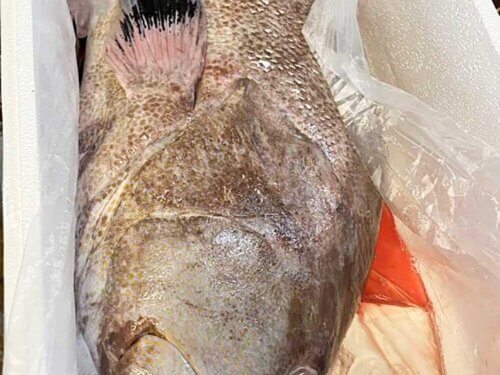
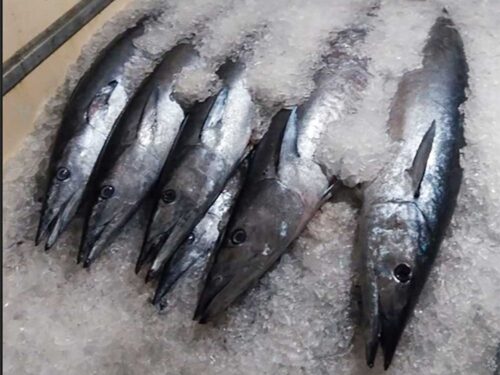
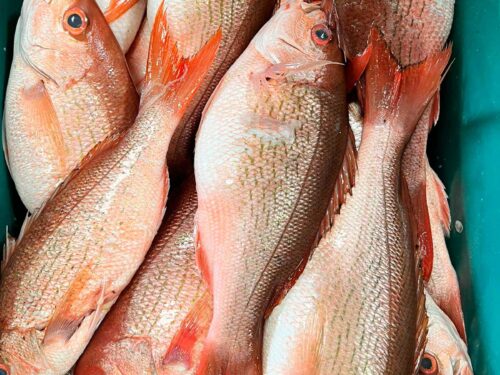
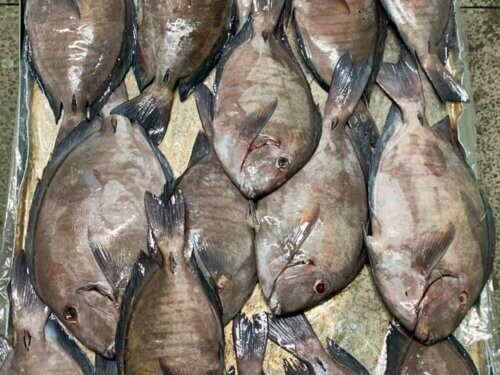
Reviews
There are no reviews yet.